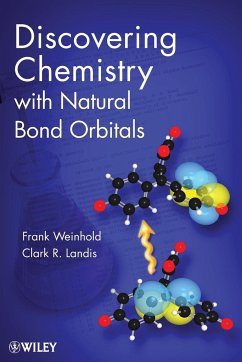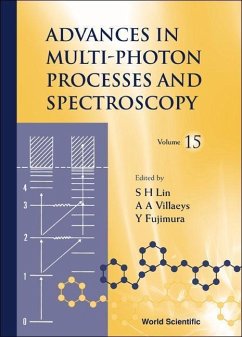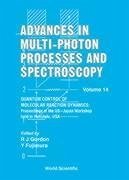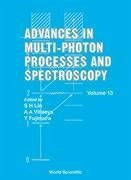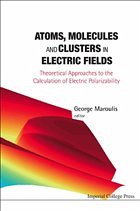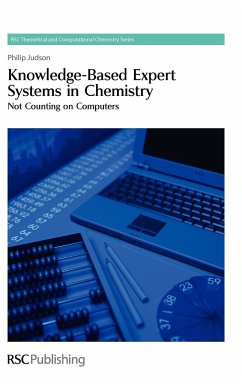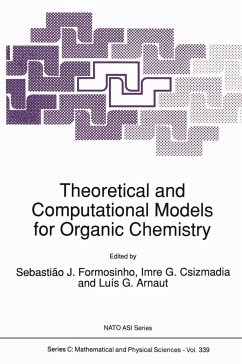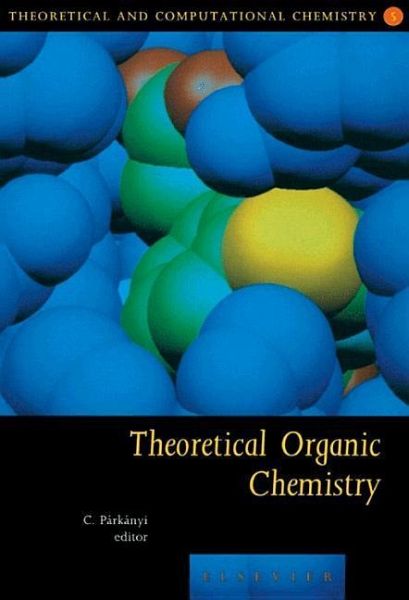
Theoretical Organic Chemistry
Volume 5
Herausgeber: Párkányi, C.

PAYBACK Punkte
186 °P sammeln!
This volume is devoted to the various aspects of theoretical organic chemistry. In the nineteenth century, organic chemistry was primarily an experimental, empirical science. Throughout the twentieth century, the emphasis has been continually shifting to a more theoretical approach. Today, theoretical organic chemistry is a distinct area of research, with strong links to theoretical physical chemistry, quantum chemistry, computational chemistry, and physical organic chemistry. The objective in this volume has been to provide a cross-section of a number of interesting topics in theoretical orga...
This volume is devoted to the various aspects of theoretical organic chemistry. In the nineteenth century, organic chemistry was primarily an experimental, empirical science. Throughout the twentieth century, the emphasis has been continually shifting to a more theoretical approach. Today, theoretical organic chemistry is a distinct area of research, with strong links to theoretical physical chemistry, quantum chemistry, computational chemistry, and physical organic chemistry. The objective in this volume has been to provide a cross-section of a number of interesting topics in theoretical organic chemistry, starting with a detailed account of the historical development of this discipline and including topics devoted to quantum chemistry, physical properties of organic compounds, their reactivity, their biological activity, and their excited-state properties.




